Track Farming: 7 Benefits for Sustainable Soil Health
Introduction: Why Track Farming Matters
In the quest for sustainable agriculture and improved crop yields, controlled traffic farming (CTF) has emerged as a transformative farming management system. By minimizing soil compaction through the use of permanent machinery lanes and optimized traffic patterns, track farming represents a science-backed, environmentally responsible approach.
Traditional farming methods, with random machinery movement across fields, have led to widespread soil structure degradation, impacting water infiltration, nutrient cycling, and overall field productivity. In contrast, CTF aims to enhance soil health, reduce compaction, boost yields, and contribute to operational efficiency in agriculture.
As precision farming and resource management become more vital, especially in regions like Australia, the UK, and Denmark, implementing track-based systems is not just an option but a necessity for modern, sustainable, and profitable agriculture.
Understanding Soil Compaction in Agriculture
Soil compaction in agriculture is a pressing concern for farmers worldwide. Compaction occurs when soil particles are pressed together, reducing pore space and restricting the movement of air and water. In turn:
- Diminished root development and reduced crop growth
- Impaired nutrient uptake and decreased water retention
- Slower plant establishment and stunted yields
These adverse effects stem mainly from machinery movement randomly across the field, which causes widespread compaction issues, especially in heavy clay soils.
Traditional farming intensifies this problem, with each piece of machinery taking a different path every season, compacting up to 90% of a field area. The result is less oxygen to plant roots, suboptimal water drainage, and overall poorer soil health.
Principles & Components of Controlled Traffic Farming
Controlled Traffic Farming (CTF) is a system designed to confine all machinery movement to specific, permanent lanes. Unlike conventional methods, where random traffic leads to broad soil disturbance, CTF’s core principle is to restrict machinery to pre-determined tracks. This minimizes the area affected by compaction, safeguarding the bulk of the growing zone from repetitive pressure.
Key Components of CTF
- Permanent Traffic Lanes: Using designated paths for all machinery reduces soil disturbance and preserves pore structure where crops grow.
- Matching Implement and Track Widths: Machinery and implements are carefully chosen or adapted so their widths are compatible, ensuring consistent use of the same tracks each season.
- Guidance Systems: GPS and auto-steer technologies maintain precise traffic patterns and help farmers return to exact lanes year after year.
- Regular Monitoring: Continuous assessment ensures that lanes don’t become excessively rutted and field operations remain efficient.
By confining traffic and minimizing machinery overlap, farmers can protect soil structure and optimize operational flows. This core principle of CTF underpins all the benefits of controlled traffic farming.
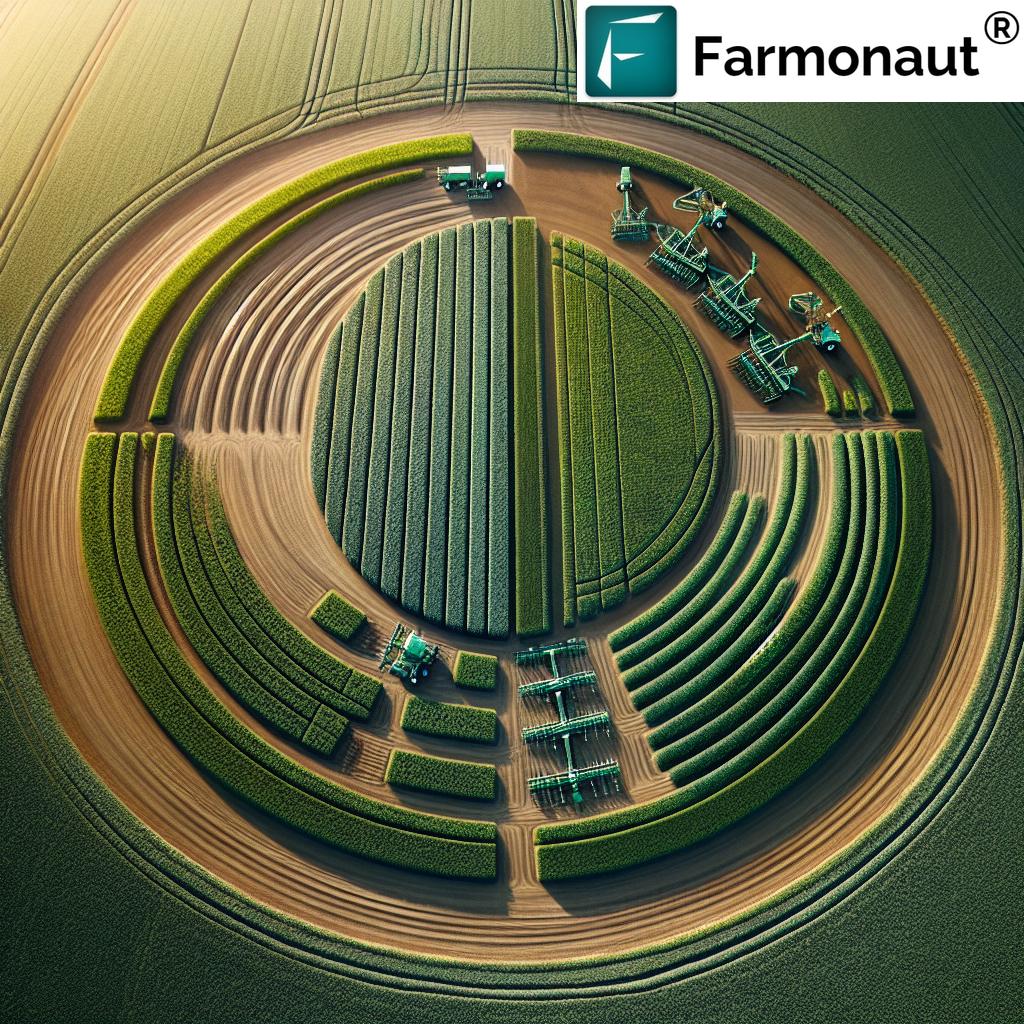
Track Farming: 7 Key Benefits for Sustainable Soil Health
Implementing controlled traffic farming systems delivers substantial advantages for farms of all sizes:
-
1. Drastic Reduction in Soil Compaction
By confining machinery traffic to permanent lanes, track farming limits compaction to less than 20% of the field (down from 90% in traditional systems). This minimizes soil disturbance, increases soil porosity, and enhances root zone quality for crops.
- Soil compaction reduction: ~60-80%
- Healthier soil promotes better plant establishment and resilience
-
2. Improved Water Infiltration and Retention
Healthier, un-compacted soils absorb and retain water more effectively. Studies show that CTF fields enable faster rainwater infiltration, which reduces run-off and increases drought resilience.
- Stronger root growth in moist, well-aerated soil
-
3. Enhanced Root Growth and Crop Yields
Limiting compaction creates optimal conditions for deep and widespread root expansion. In turn, plants maximize their access to nutrients and water, boosting crop yields by up to 15% and ensuring sustainable productivity.
- Yield gains observed in Australia, UK, Denmark: 10–15%
-
4. Increased Operational Efficiency in Agriculture
Fewer ruts, consistent tracks, and precise guidance systems reduce fuel consumption and optimize machinery performance. This not only saves time but also leads to lower operational costs and less machinery wear.
- Reduced fuel consumption: up to 10%
- Minimizing overlap and maximizing machine lifespan
See how satellite and AI-driven technologies advance fleet and equipment management for large-scale operations:
Farmonaut’s Fleet and Resource Management helps optimize operational efficiency and field logistics by tracking all actions with precision. -
5. Environmental Sustainability & Reduced Chemical Runoff
Enhancing soil structure and water retention reduces chemical runoff into local waterways. Track farming supports sustainable practices by improving water-use efficiency and preserving the environment for future generations.
- Reduces need for irrigation and chemical fertilizers
For organizations prioritizing sustainability and climate impact reduction, Farmonaut offers: Carbon Footprinting Solutions to monitor and reduce greenhouse gas emissions from farming operations.
-
6. Better Soil Health & Biological Activity
By preserving soil structure, CTF creates an environment that supports microbial and worm activity. This leads to richer organic matter, enhanced soil fertility, and increased resilience to erosion and extreme weather.
- Long-term gains in field health and sustainable productivity
-
7. Consistency and Predictability for Precision Agriculture
Utilizing GPS-guidance and permanent machinery lanes creates a highly predictable and manageable field environment. Farmers can fine-tune nutrient application, irrigation schedules, and field traffic to maximize efficiency and product quality.
- Greater compatibility with remote sensing and AI-driven monitoring tools
-
Get more from every field pass with precision agriculture tools:
Farmonaut’s Large-Scale Farm Management Solutions

Comparative Benefits of Controlled Traffic Farming: Table Overview
| Benefit | Description | Impact on Soil Health | Estimated Improvement (%) |
|---|---|---|---|
| Drastic Reduction in Soil Compaction | Confines machinery to permanent lanes, significantly minimizing soil disturbance | Prevents widespread soil degradation, maintains pore space and air flow | 60–80% Compaction Reduction |
| Improved Water Infiltration | Uncompacted soil promotes rapid water movement and retention | Better drought resilience, less runoff, improved moisture availability | 20–30% Infiltration Increase |
| Enhanced Root Growth & Yields | Stronger root development from well-structured soils | Higher crop productivity, healthier plant stands | 10–15% Yield Boost |
| Operational Efficiency | Fewer field passes, reduced overlap, optimized fuel use | Less soil wear, reduced greenhouse emissions | Up to 10% Lower Fuel Use |
| Environmental Sustainability | Less intensive resource use, reduced chemical runoff | Protects ecosystems, supports sustainable agriculture | 10–20% Lower Runoff |
| Better Soil Biology | Maintains thriving microbial and worm communities | Enhanced soil fertility, organic matter build-up | ~40% Activity Enhancement |
| Precision & Predictability | Permanent lanes compatible with high-tech guidance systems | Efficient application of water and nutrients, better overall management | 25–40% Efficiency Gain |
Implementing Controlled Traffic Farming: Steps and Best Practices
- Assessment: Begin by evaluating current field management practices and identifying issues with compaction, yields, or water infiltration.
- Planning a CTF System: Design field layouts, select machinery, and determine track and implement widths that can be made compatible. Plan all field operations to use only the fixed lanes.
- Investment: Acquiring or upgrading GPS equipment, auto-steer systems, and compatible machinery may be necessary. These investments pay off through long-term gains in operational efficiency and soil health.
- Training and Education: Farm personnel must be trained in system operation, adherence to track patterns, GPS guidance, and periodic maintenance of permanent lanes.
- Implementation: Start with a phased approach to adapt tractors, harvesters, and implements to the new pattern, use guidance systems for accuracy, and ensure track avoidance for main field areas.
- Ongoing Evaluation and Maintenance: Review soil health, yield maps, and operational data using modern field monitoring tools. Adjust system components as necessary for evolving needs.
To maximize benefits, integrate remote and satellite-based crop health monitoring: Farmonaut’s Precision Crop Monitoring Platform allows real-time tracking of crop performance, plant health, and soil moisture to quickly identify issues and optimize field management.
Technological Integration in Controlled Traffic Farming
The success of controlled traffic farming is amplified by integrating advanced technologies for monitoring, guidance, and field analysis.
Key Technologies
- GPS and Auto-Steer Systems: GPS guidance systems for farming ensure that tractors, sprayers, and harvesters stay perfectly aligned with permanent tracks, preventing overlap and soil damage.
- Satellite and Drone Monitoring: Remote sensing and real-time satellite imagery provide detailed data on plant health, compaction zones, weed pressure, soil moisture, and overall field performance.
- AI and Data Analytics: Advanced software helps in collecting, analyzing, and interpreting agronomic data, supporting smarter decision-making and system improvements season after season.
- Traceability and Recordkeeping: Blockchain technologies enable traceable and auditable records for every field event, fostering transparency and trust in the food supply chain. Farmonaut’s Product Traceability ensures accountability from field to market.
To make precision agriculture affordable, Farmonaut delivers:
- Mobile & Web Apps for multi-platform data access and user-friendly monitoring.
- Fleet and Resource Management Tools for optimizing machinery movement and logistics.
- Satellite-Based Crop Loan and Insurance Verification for trusted third-party crop audits.
Challenges and Considerations in Adopting CTF
- Initial Investment: Upfront costs for GPS, auto-steer, and machine upgrades can be significant, though operational savings and soil health improvements typically offset these over time.
- Operational Discipline: Farmers must maintain strict adherence to traffic lanes and compatible machinery widths, requiring process adjustments from traditional methods.
- Equipment Compatibility: Selecting and adapting all field implements for consistent track spacing is crucial for system integrity and efficiency.
- Lane Maintenance: Permanently used lanes are susceptible to rutting and erosion. Regular intervention with graders, cover cropping, and water management ensures longevity and function.
- Field Layout Complexity: Irregular or small fields may pose challenges for track design, but creative solutions and modern mapping tools can overcome most obstacles.
Farmonaut’s Jeevn AI Advisory System provides personalized guidance, local weather forecasts, and field-specific recommendations to ease the transition to sustainable farming with CTF.
Global Adoption, Research & Trends in Controlled Traffic Farming
CTF is seeing increased adoption in key agricultural regions worldwide:
- Australia: The Australian Controlled Traffic Farming Association highlights national benefits, such as higher yields and reduced water wastage, thanks to sustainable soil management and efficiency in operations.
- Europe – UK & Denmark: Adoption rates of CTF are growing as farmers see improved soil structure, reduced erosion, and better returns with precision guidance systems.
- Ongoing Research: Studies focus on optimizing machinery configurations, soil restoration, data-driven decision making, and measuring actual yield, water, and carbon outcomes.
Emerging trends indicate that integrating AI, blockchain, and remote sensing will further amplify the benefits of controlled traffic farming internationally.
As such, modern CTF systems are increasingly seen as the foundation for sustainable, productive, and climate-resilient agriculture.
Farmonaut offers scalable solutions and data insights to help farmers in every region adopt, track, and continually improve their sustainable field management practices.
How Farmonaut Supports Sustainable Track Farming
At Farmonaut, we’re dedicated to empowering farmers around the world to implement sustainable and efficient agricultural management systems like controlled traffic farming. With our satellite-based monitoring tools, AI-powered advisory systems, and blockchain-enabled traceability, we strive to make data-driven, precision agriculture accessible and affordable.
Our Farm Management Solutions Offer:
- Real-time Crop Health Monitoring: Using multispectral satellite images, we help track crop stress, soil moisture, and field variability to guide timely and precise interventions.
- Jeevn AI Advisory: Personalized farm advice based on local weather, satellite data, and decades of agronomic research.
- Blockchain-Based Traceability: Enhance supply chain transparency and food safety with verifiable, tamper-proof records for every harvest and operation.
- Fleet and Resource Management: Tools to optimize machinery logistics, track asset deployment, and ensure efficient field operations.
- Environmental Monitoring: Real-time carbon footprint tracking for sustainability compliance and impactful environmental stewardship.
- API Access: For those seeking seamless integration, our Farmonaut API and Developer Docs provide powerful endpoints for all of our data streams.
Frequently Asked Questions (FAQs)
- What is controlled traffic farming and how does it work?
- Controlled traffic farming (CTF) is an agricultural system that confines all machinery movement to permanent lanes using guidance technologies, matching implement widths, and track planning. This approach keeps the majority of the field uncompacted and healthy.
- Why is soil compaction harmful to crop performance?
- Soil compaction reduces pore space, making it harder for air and water to move through the soil. This impairs root growth, limits nutrient uptake, and results in lower yields and less resilient plants.
- How much can I increase my yield with CTF?
- Farms using controlled traffic systems report yield increases of 10–15%, primarily due to improved soil structure, enhanced root growth, and better water management.
- What type of technologies are needed for CTF implementation?
- Key technologies include GPS guidance systems, auto-steer modules, compatible machinery (with matching widths/tracks), and data analytics platforms. Satellite and drone monitoring are increasingly popular for real-time field assessment.
- Does CTF require special types of machinery?
- All farm machinery must be compatible in width and adapted for consistent use of field lanes. Existing machinery can often be retrofitted or replaced over time.
- How do I track soil health and compaction over time?
- Farmonaut’s satellite-based crop monitoring tools offer integrated metrics for tracking vegetation, soil moisture, and early compaction signals, making ongoing assessment seamless and accurate.
- How can I finance the initial investment in CTF technology?
- Many financial institutions offer crop loans or insurance for adaptive farming investments. Farmonaut additionally offers satellite-based crop loan and insurance verification to accelerate access to funding.
- Is CTF suitable for small farms or only large-scale operations?
- While CTF originated with large-scale farming in mind, modern technology allows farms of any size to benefit from improved soil health, efficiency, and sustainability.
- How does controlled traffic farming support environmental sustainability?
- By preserving soil structure, reducing run-off, and enabling precise resource use, CTF helps lower environmental footprint and supports transition to sustainable farming.
Conclusion: Controlled Traffic Farming for Resilient, Productive, and Sustainable Agriculture
Track farming—built on the foundation of controlled traffic farming—offers sustainable solutions to the persistent challenge of soil compaction in agriculture. By adopting permanent machinery lanes, leveraging precision GPS guidance, and integrating modern monitoring systems, farmers achieve remarkable improvements in soil health, crop yields, and operational efficiency.
While the transition to sustainable farming with CTF systems demands strategic planning and investment, the long-term payoffs—improved soil structure, resilience, profitability, and environmental stewardship—are undeniable. Integrating Farmonaut’s advanced data-driven tools can further amplify these advantages, democratizing precision agriculture for all and paving the way for the future of sustainable food production.






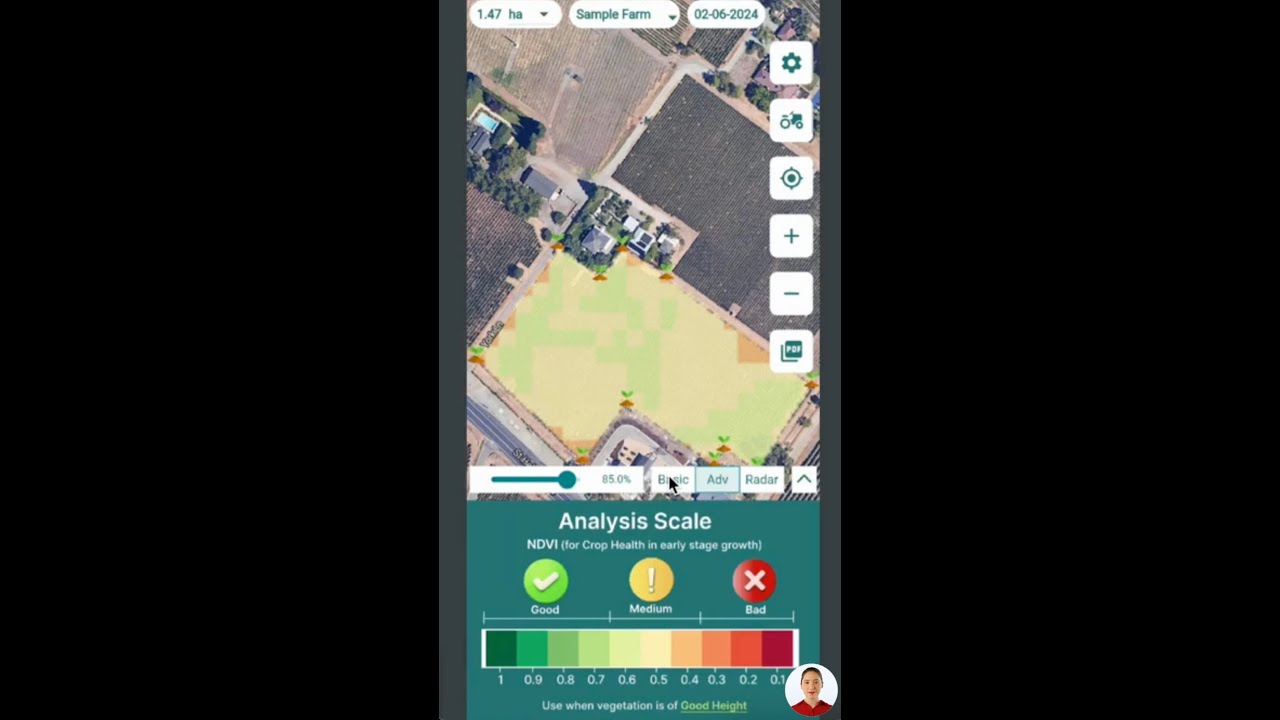


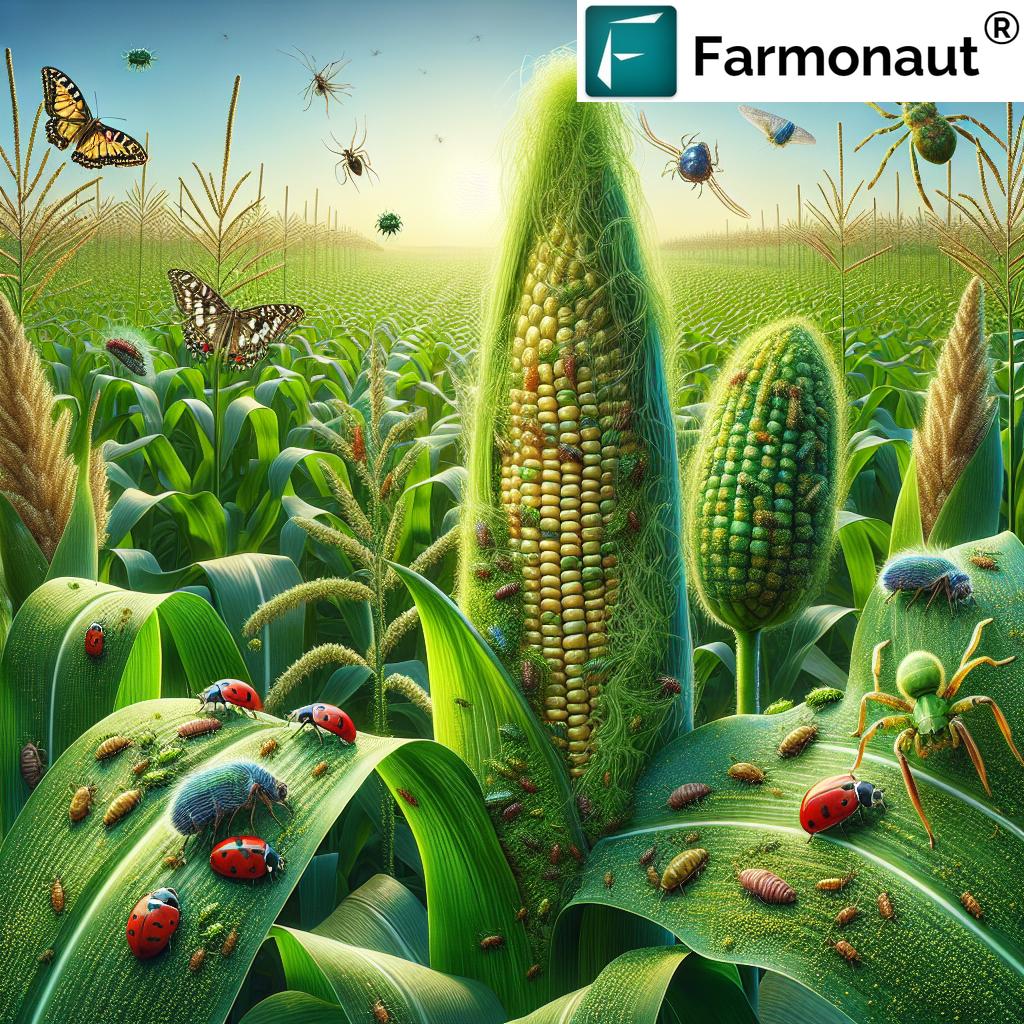
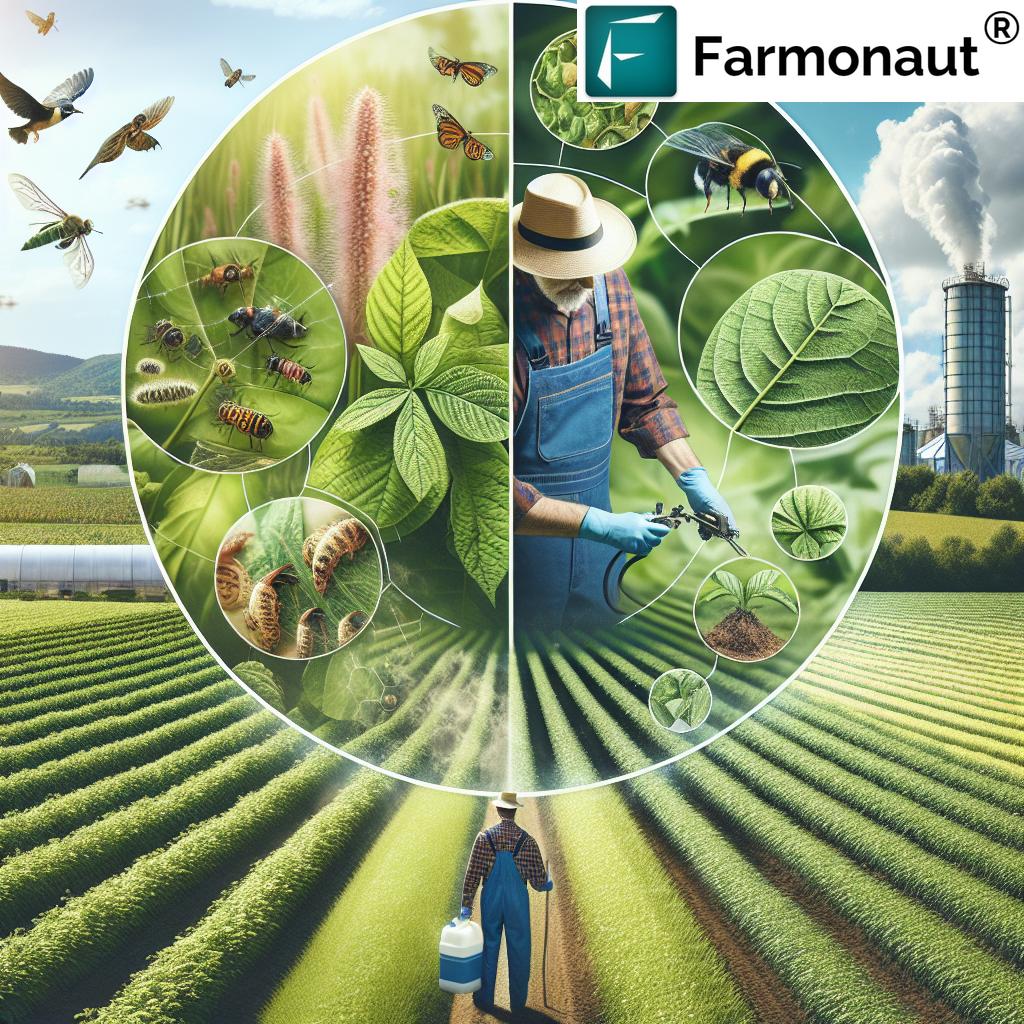
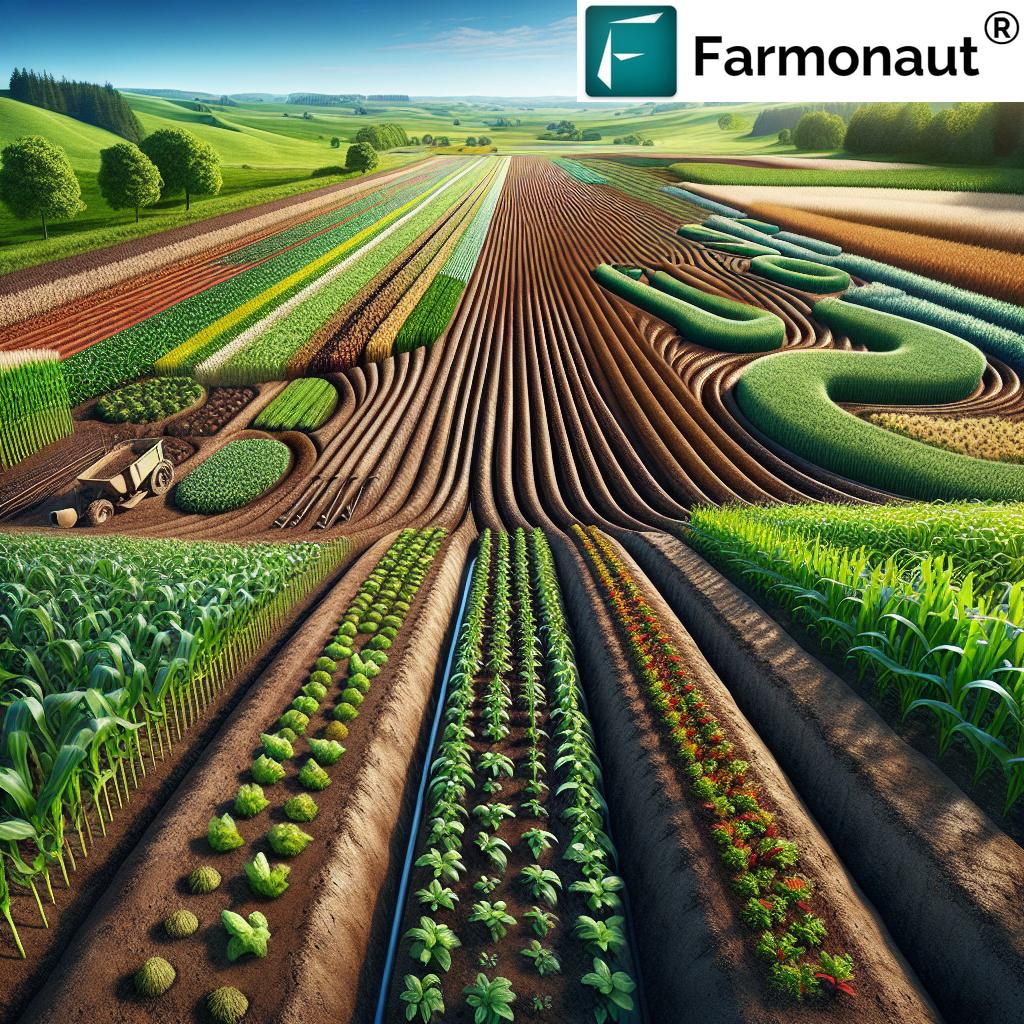
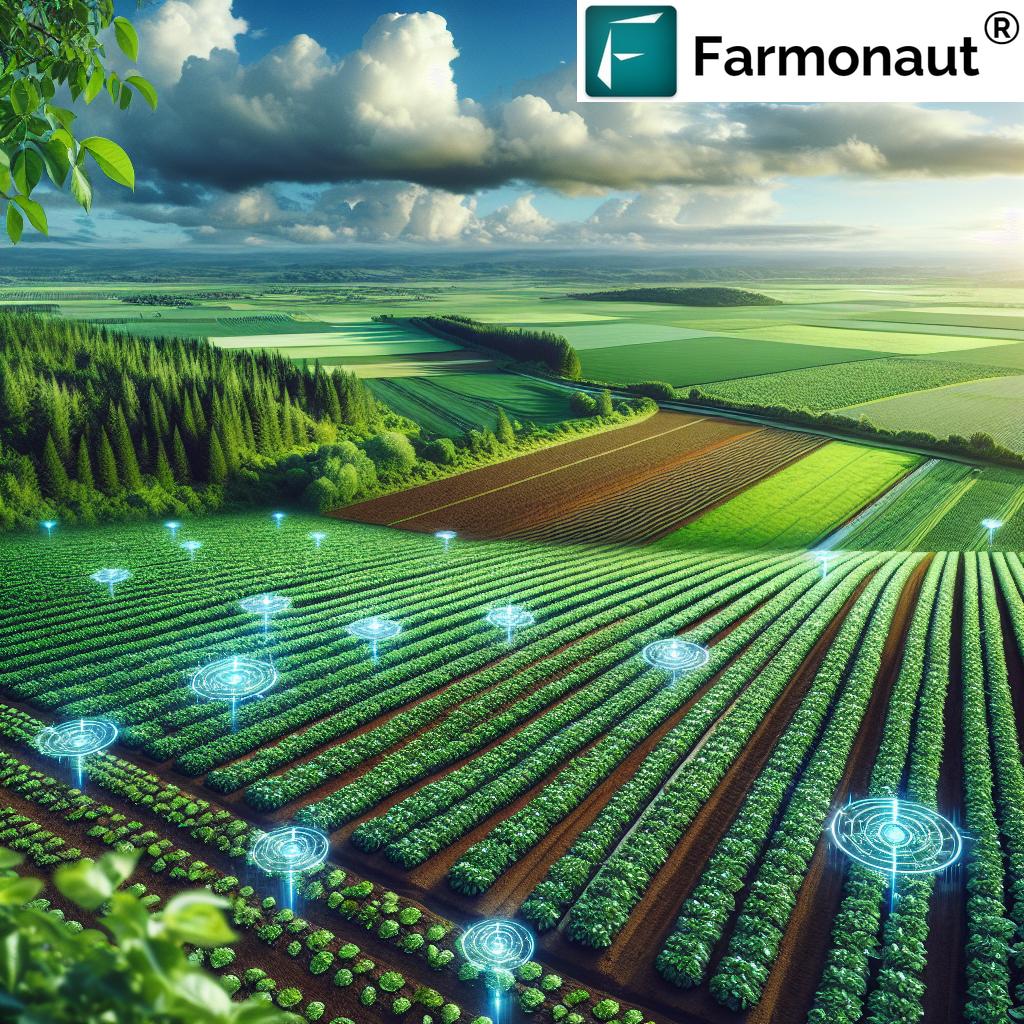
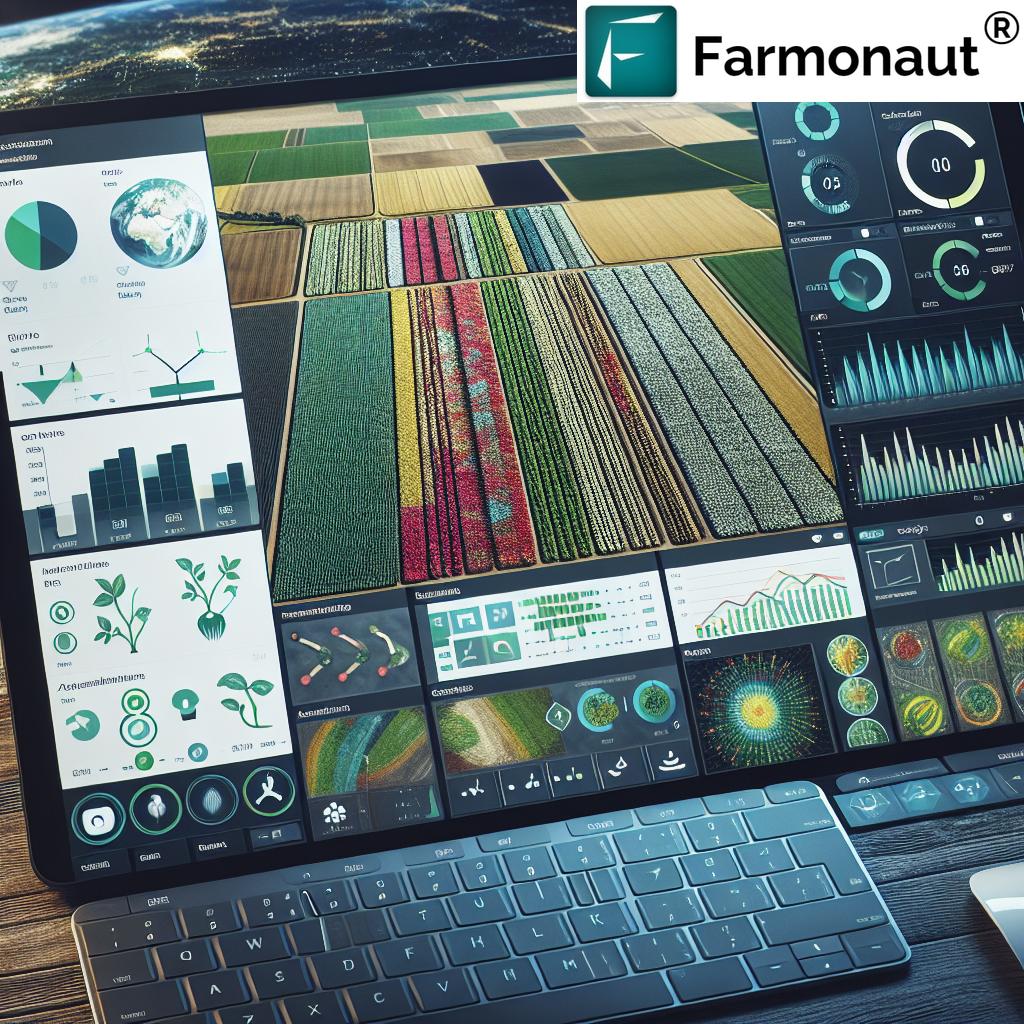
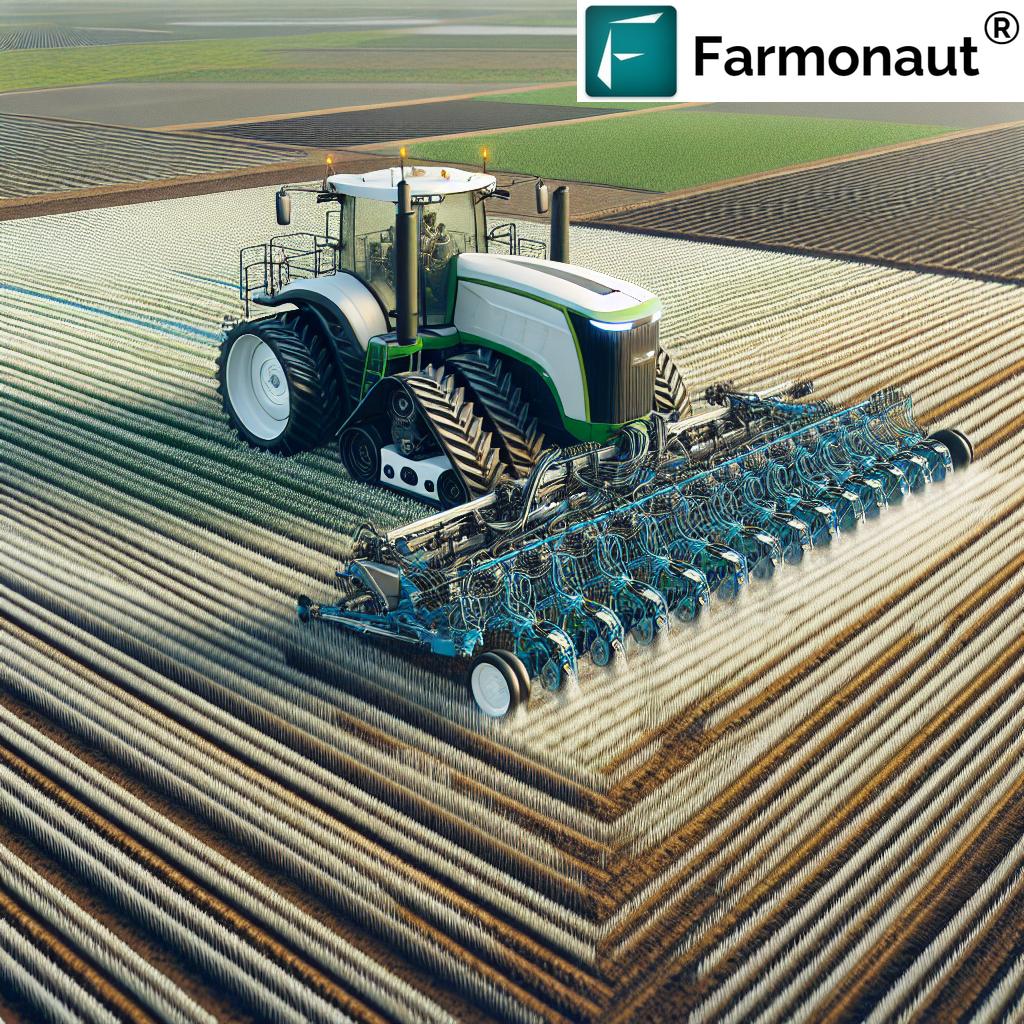

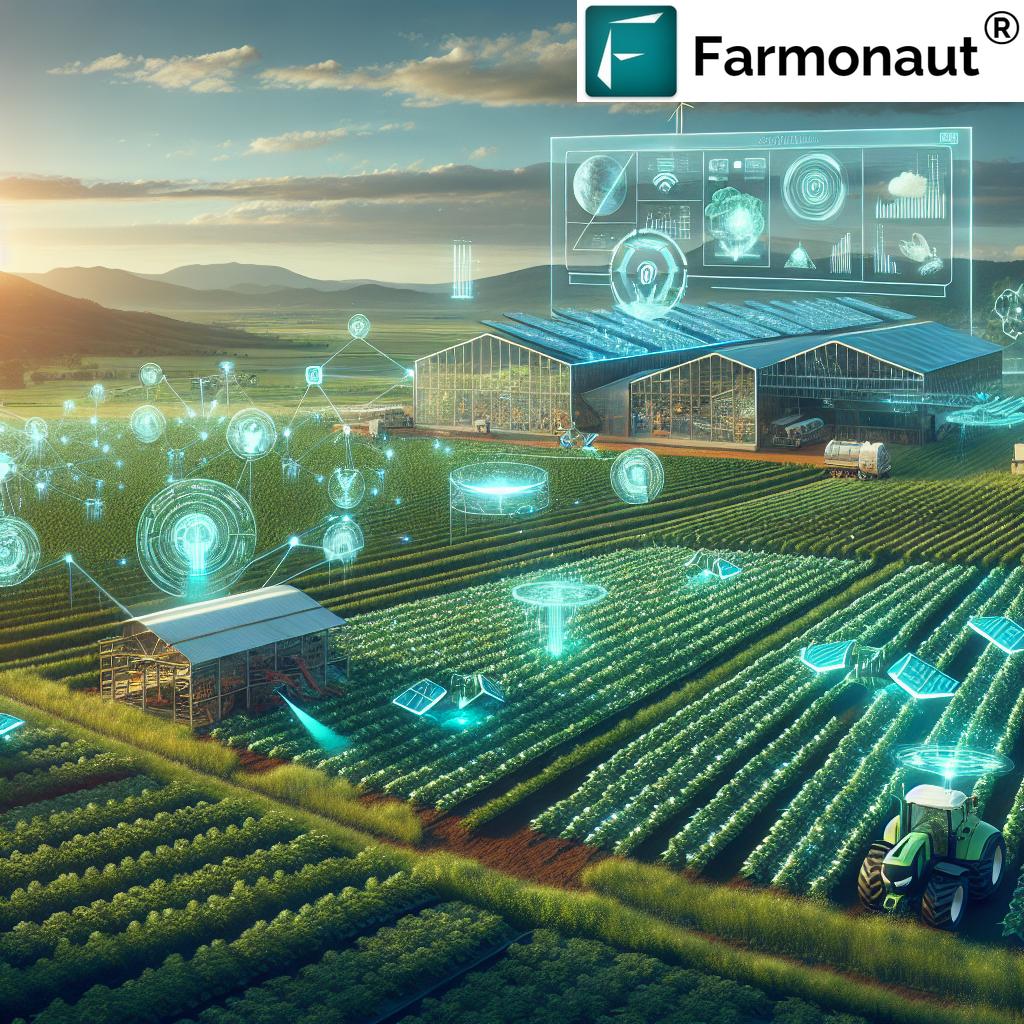
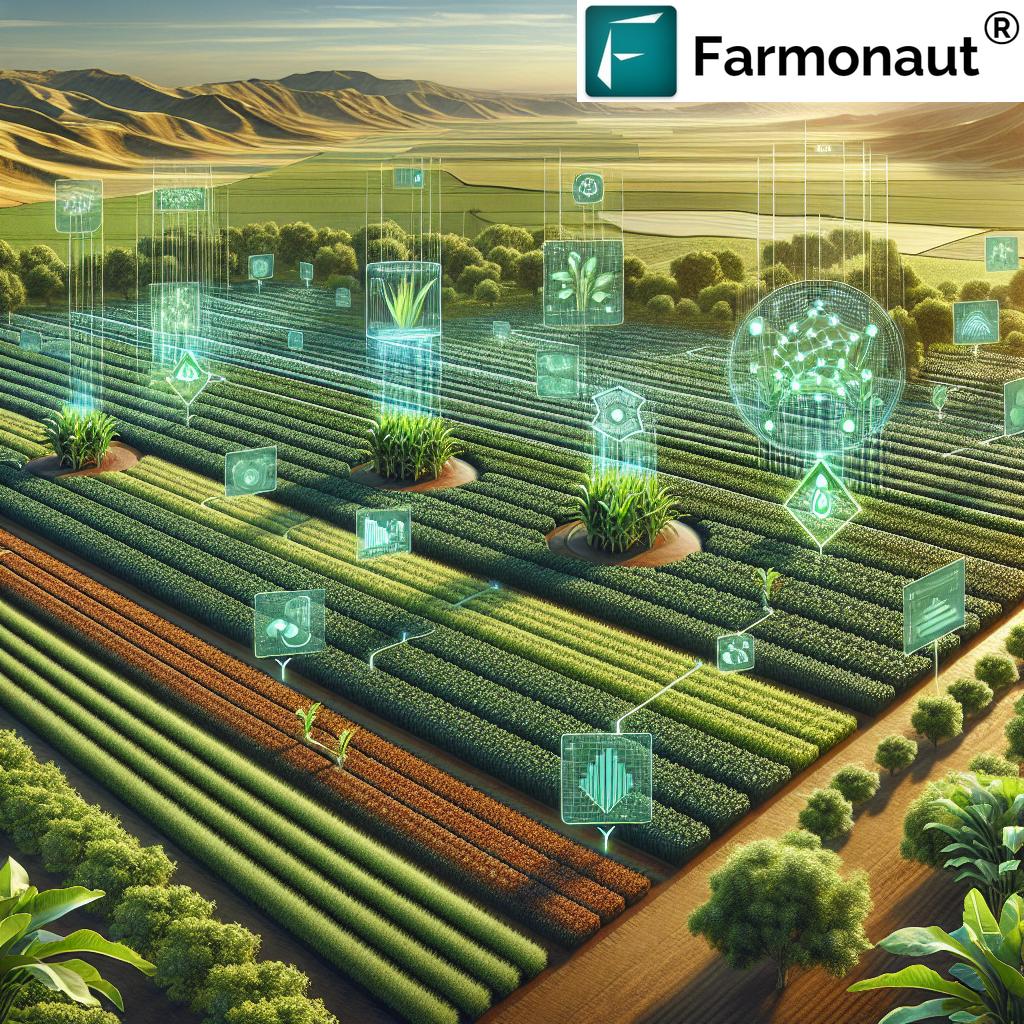

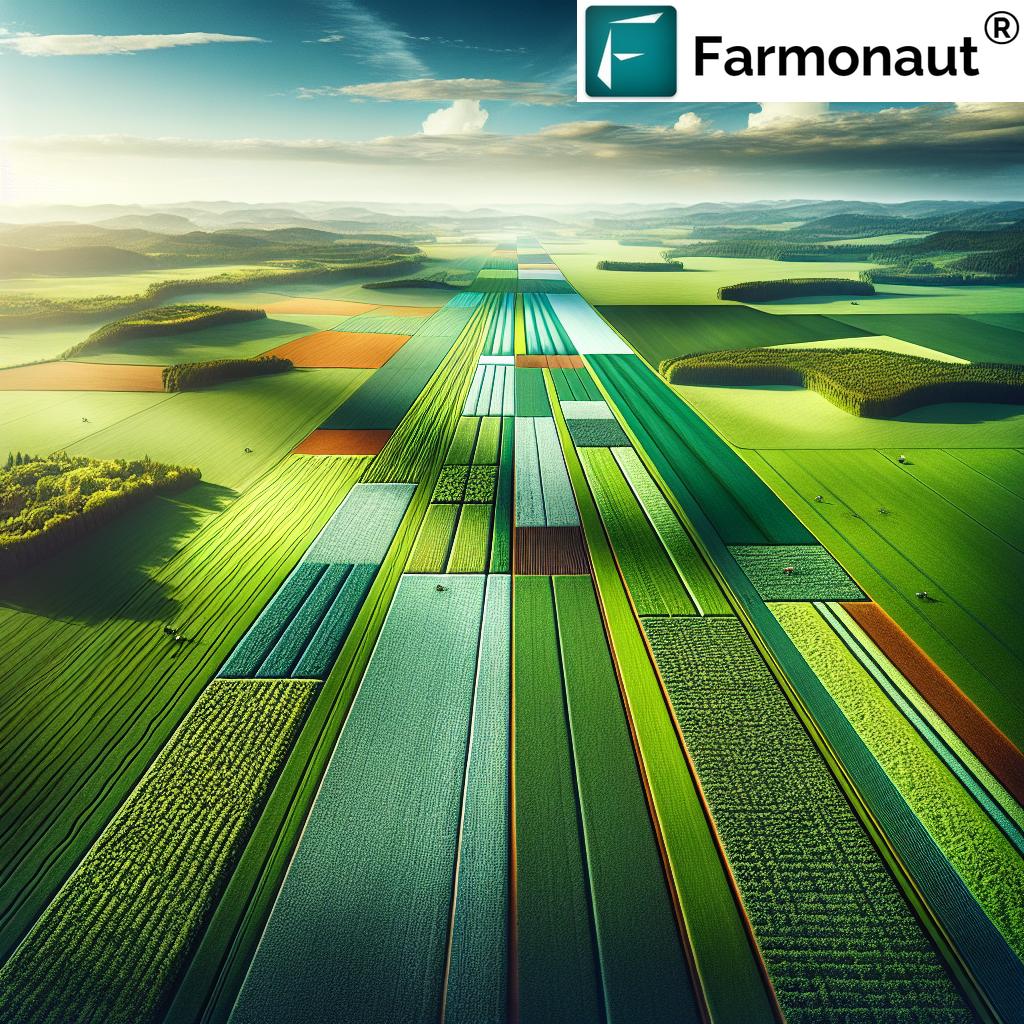
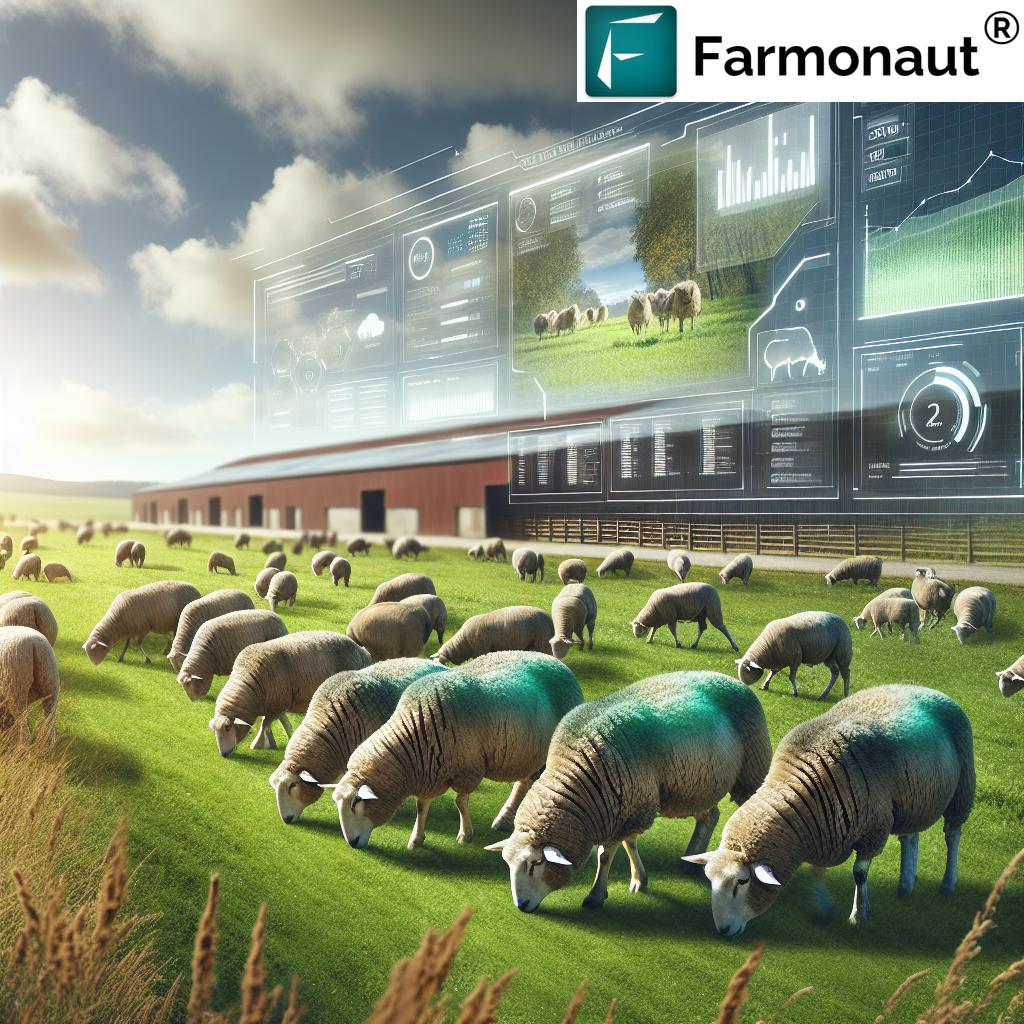
I appreciate you sharing this blog post. Thanks Again. Cool.